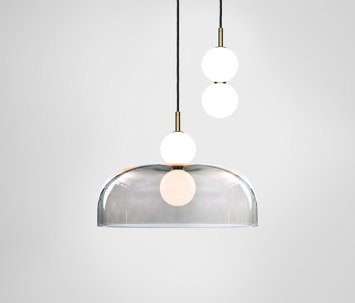Would You Move to the Moon in 2040?
NASA’s endeavor extends beyond national borders and incorporates partnerships with universities, private enterprises, and construction firms. These collaborations signify a paradigm shift in the architectural realm, where interdisciplinary teamwork and shared expertise are essential in crafting innovative solutions for extraterrestrial living.
A pivotal element in this endeavor lies within rigorous testing on Earth. NASA’s Marshall Space Flight Center, equipped with over a dozen testing chambers, subjects equipment to the same harsh conditions of radiation and thermal vacuums experienced in space. Victor Pritchett, the director overseeing these tests, emphasizes the significance of survival within these chambers as a crucial indicator of equipment’s space-readiness.
Crucially, before homes on the moon can grace the rocky surface, NASA is diligently perfecting a simulated lunar concrete at Marshall. This substance, cast into small cylindrical shapes, remarkably endures temperatures up to 3,400 degrees Fahrenheit when exposed to a plasma torch. This breakthrough offers hope that actual lunar structures will withstand the fiery heat generated during rocket landings, a vital consideration for their feasibility.
But lunar living transcends mere walls; it encompasses the intricacies of daily life. In this pursuit, NASA is collaborating with universities and private companies to design space-friendly furniture and interiors. The Ames Research Centre, in conjunction with Stanford University researchers, is extracting minerals from synthetic lunar soil to create tiles of varying colours, envisioning them in lunar kitchens and bathrooms.
This endeavor signifies more than just building houses on the moon; it represents a bold leap toward a future where human civilization extends its reach into the cosmos. As architects and scientists collaborate on this celestial frontier, they are not only shaping the way we will live on the moon but also paving the path for extraterrestrial architecture, marking a remarkable chapter in the history of human habitation. The architectural wonders that await us on the lunar surface may not only redefine our understanding of space but also revolutionize the very essence of what we call home.




